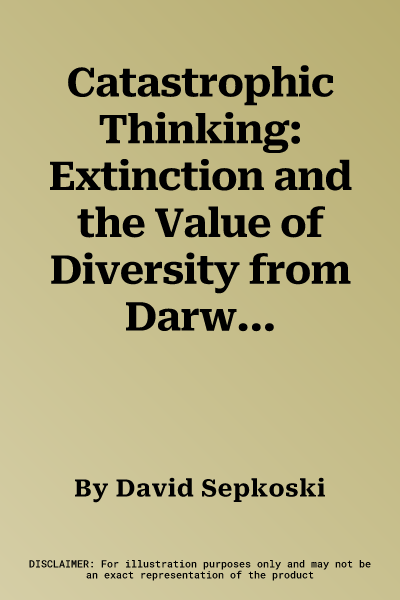A history of scientific ideas about extinction that explains why we
learned to value diversity as a precious resource at the same time as we
learned to "think catastrophically" about extinction.
We live in an age in which we are repeatedly reminded--by scientists, by
the media, by popular culture--of the looming threat of mass extinction.
We're told that human activity is currently producing a sixth mass
extinction, perhaps of even greater magnitude than the five previous
geological catastrophes that drastically altered life on Earth. Indeed,
there is a very real concern that the human species may itself be poised
to go the way of the dinosaurs, victims of the most recent mass
extinction some 65 million years ago.
How we interpret the causes and consequences of extinction and their
ensuing moral imperatives is deeply embedded in the cultural values of
any given historical moment. And, as David Sepkoski reveals, the history
of scientific ideas about extinction over the past two hundred years--as
both a past and a current process--is implicated in major changes in the
way Western society has approached biological and cultural diversity. It
seems self-evident to most of us that diverse ecosystems and societies
are intrinsically valuable, but the current fascination with diversity
is a relatively recent phenomenon. In fact, the way we value diversity
depends crucially on our sense that it is precarious--that it is
something actively threatened, and that its loss could have profound
consequences. In Catastrophic Thinking, Sepkoski uncovers how and why
we learned to value diversity as a precious resource at the same time as
we learned to think catastrophically about extinction.

